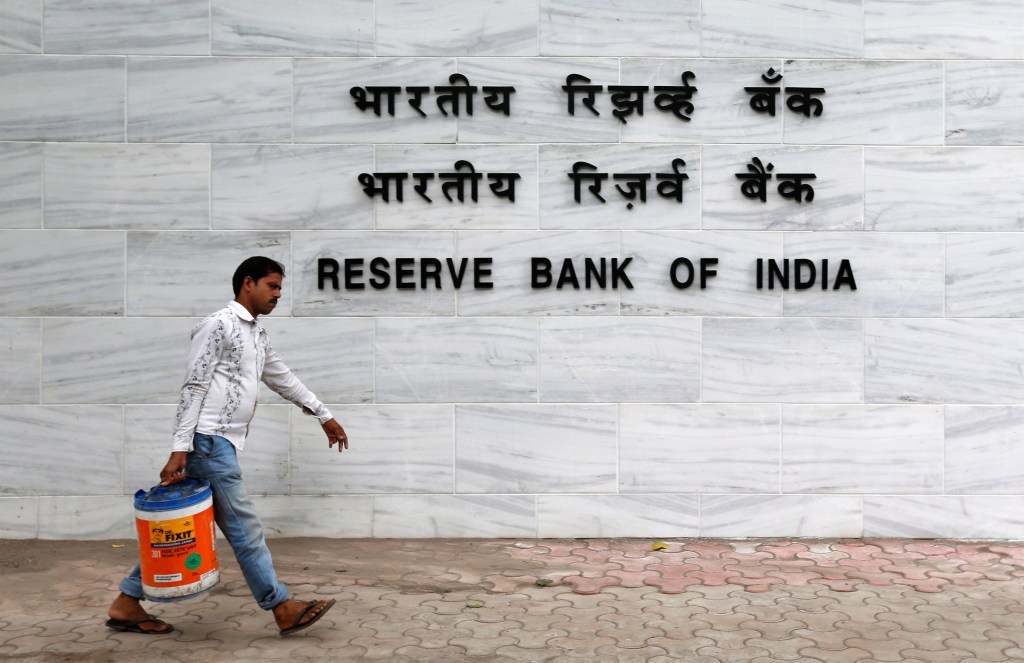The country’s sputtering economy was craving a rate cut, but the Reserve Bank of India had other plans.
Instead, it slashed the cash reserve ratio i.e. the portion of customer deposits banks must park with the RBI to 4% from 4.5%. Translation: More cash for banks to lend, less cash sitting idle.
The timing is critical. Encouraging borrowing and spending could help reverse the economic slowdown — is what the central bank seems to be thinking.
GDP growth slid to an eight-quarter low of 5.4% in the third quarter, missing every optimistic forecast. RBI chief Shaktikanta Das cut the GDP projections for this financial year to 6.6% from 7% earlier.
Markets got…something?
Stocks initially wobbled on the lack of a rate cut, but banks led a rebound as the CRR reduction made borrowing easier. Axis Bank and State Bank of India turned green, helping the Nifty 50 claw back its losses.
Optimism isn’t dead, though. Deven Choksey of DRChoksey says this could be the prelude to lower rates: “The best is yet to come.” Elara Securities economist Garima Kapoor predicts the first rate cut by February 2025.
Das’ balancing act
Das is in a bind. India’s inflation is way above target (6.2% in October versus the RBI target of 4%) and growth is switching to the slow lane. A rate cut might juice up the economy but risks fanning inflation.
“Going forward, as food price shocks wane, headline inflation is likely to ease and realign with the target as per our projections,” Das said.
Cutting the CRR is a middle ground move to boost lending without igniting price pressures on the economy.
It has kinda worked? The rupee responded with a slight bounce against the dollar after hitting record lows earlier in the week. Markets rallied, banks cheered, and for now, the RBI has bought itself time.






